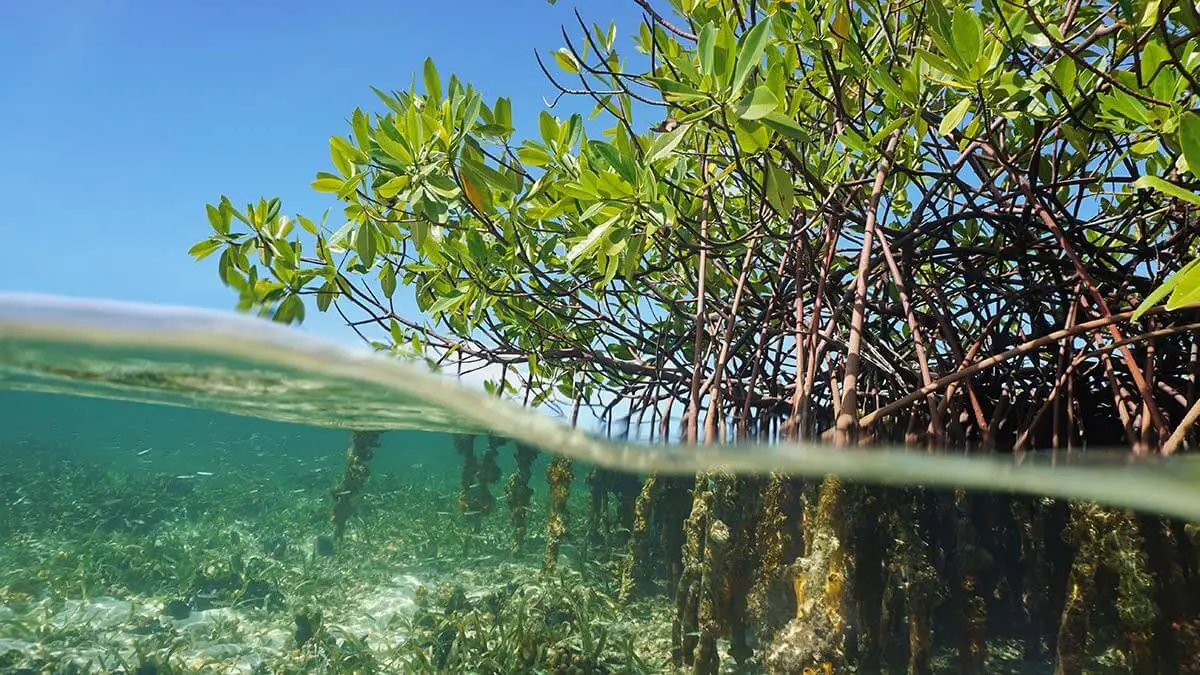
This event already happened – Click here to view the recording Have you heard about carbon offsetting but still have questions or don’t know where to begin? In recent years, tourism has come under heightened scrutiny for its contribution to the climate emergency and as a result, more attention has...

Tourism is at a crossroads, facing the challenge of balancing growth with sustainability. Over the past two decades, the number of international tourist arrivals more than doubled, surpassing 1.4 billion in 2024. While this tourism boom promoted economic growth and personal fulfillment, it often came at the expense of the...

It is well known that forests help fight climate change, but ocean and coastal ecosystems are also highly effective carbon sinks. Blue carbon refers to the carbon that is captured and stored by coastal ecosystems, such as mangroves, seagrass meadows, and salt marshes. Although they cover less area than forests,...

Climate change is reshaping the tourism landscape, introducing new challenges for travelers, the industry, and local communities. From melting glaciers and bleaching reefs to flooded coastlines and wildfires, climate change imperils the destinations we love and endangers the resources that people, tourism, and wildlife depend on. In recent years, tourism...

There are a number of organizations that offer carbon offsets, but it can be difficult to decide which one to go with. When offsetting, it is important to go through an organization that is transparent, knows their stuff, and is creating meaningful and lasting impacts. To help you navigate all...

Climate change alters the planet, threatening nature, people, and your favorite vacation spots. Tourism isn’t just a victim of climate change—it also contributes nearly 9% of global emissions. Carbon offsets provide a way to counteract this impact by funding projects that reduce or remove emissions elsewhere. By offsetting the unavoidable...